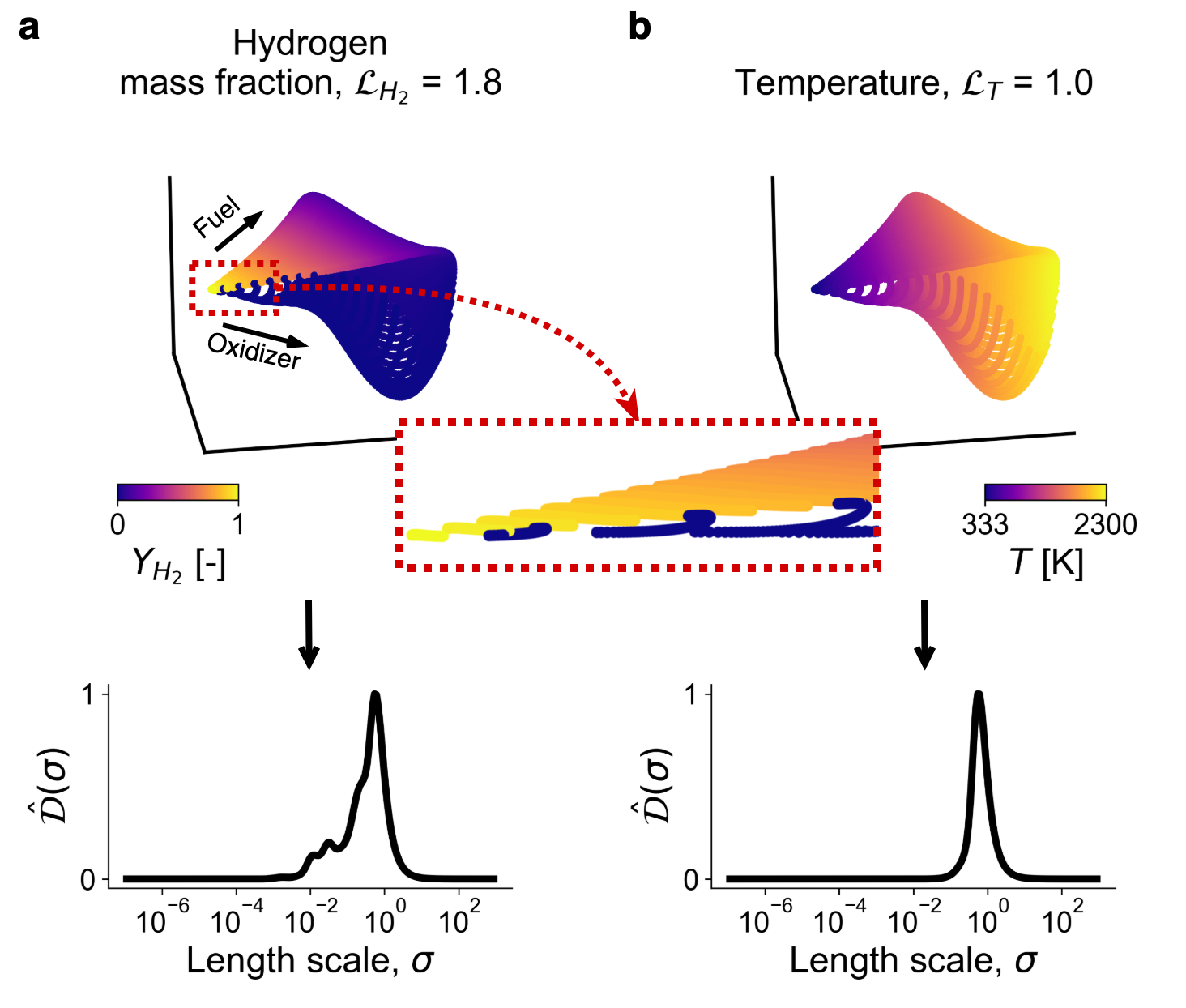This repository is licensed under:
This repository contains Jupyter notebooks and materials associated with the publication:
Zdybał, K., Armstrong, E., Sutherland, J.C. and Parente, A., 2022. Cost function for low-dimensional manifold topology assessment. Scientific Reports, 12(1), pp.1-19.
You can find the open-source article here: https://www.nature.com/articles/s41598-022-18655-1.
BibTeX citation:
@article{zdybal2022cost,
title={Cost function for low-dimensional manifold topology assessment},
author={Zdyba{\l}, Kamila and Armstrong, Elizabeth and Sutherland, James C and Parente, Alessandro},
journal={Scientific Reports},
volume={12},
number={1},
pages={1--19},
year={2022},
publisher={Nature Publishing Group}
}
The seminar talk associated with this publication can be found here.
The datasets generated during or analyzed during the current study are available in the data directory. The atmospheric physics dataset and the plasma physics dataset are property of Université libre de Bruxelles.
The Sandia flames data can be accessed at: tnfworkshop.org/data-archives/pilotedjet/ch4-air.
All code needed to reproduce results included in the original publication (and in the supplementary material) is stored in the code directory.
Several Python libraries are required (see requirements.txt). Mainly, the PCAfold library developed by the authors contains the implementation of the cost function; it also introduces several functions and algorithms used throughout the work. The installation instructions can be found in the linked documentation page. umap-learn package can be installed through pip install umap-learn. pyDML package can be installed through pip install pydml.
Random seed 100 is used throughout this work.
This notebook can be used to reproduce the figure:
This notebook can be used to reproduce the figure:
This notebook can be used to reproduce the figure:
This notebook can be used to reproduce the figure:
This notebook can be used to reproduce the figure:
This notebook can be used to reproduce the figure:
These two notebooks can be used to reproduce the figure:
This notebook can be used to reproduce the figure:
These notebooks can be used to reproduce the figure:
These notebook can be used to reproduce the figures:
This notebook can be used to reproduce the figure:













